

Table of contents
- building permit
- soil
- Stratification and Plant
- embankment mats
- fastening measures
- planting
- plant species
- put plants
- water drainage
The flat surface is of course ideal for gardens and properties. Sometimes, however, the local conditions are such that differences in altitude have to be compensated. Then you usually can't avoid an earth wall or an embankment. And in this case, attachment and planting are very important factors. Here are a few little tips that can help get everything right.
building permit
In order to be allowed to build an earth wall, a building permit is very often required. However, the requirements differ from state to state. In principle, a deposit or an embankment is a structure that can, under certain circumstances, have an effect similar to that of a building. The decisive factor for the evaluation is the size and above all the height of the system. In this context, it is also important that the prescribed distances to neighboring properties must be observed. The application for a building permit must be submitted to the responsible municipality or city. Approval authority is always the sub-building authority. The application usually has to be accompanied by a plan that details the form and dimensions of the embankment.
Tip:
It is best to inquire in advance with your municipal or City administration, whether a building permit is necessary at all and which documents have to be provided for this.
soil
If you want or have to create an embankment, you need the right material for it – and lots of it. Conventional soil is perfectly adequate for this. You either take it from your own property or have it delivered to you by specialized companies. The amount needed will of course depend on the size of the planned slope. An enormously important factor in this context is the inclination. In principle, it should not exceed an angle of 45 degrees, otherwise the risk of landslides becomes too great. The following applies: the flatter the angle of inclination, the more space is required for the embankment. Conversely, this also means that a larger amount of soil is required. Precise information on the quantity is naturally difficult, as this depends on the local conditions.
Stratification and Plant

Essentially, creating a slope consists of piling up soil. This can be done either with a wheelbarrow and shovel or with an excavator. For larger objects, one can hardly avoid the use of heavy equipment, since otherwise the effort usually exceeds the possibilities of laypersons. It is best to choose coarse stones as the basis for the embankment. Conventional soil is laid on top of this. Finally, a layer of humus is recommended, since the slope is usually to be planted. The complex consists of three layers, of which the central layer of earth is by far the largest. After the backfill, it is important to first let the soil sink and then tap it down with a vibrator to avoid unintentional soil loss.
embankment mats
In the area of the upper surface layer of the slope, so-called embankment mats can be a first step in slope stabilization. This is a coir fabric that is simply placed on the ground and secured with wooden pins. The rule of thumb is: the tighter the mesh, the better the fastening effect. The aim is to secure the soil in the steep area as well as possible in order to secure it until the shrubs and grasses that are later planted can take root. Incidentally, the coconut mats rot by themselves over time and do not have to be removed separately. They are available in various sizes and designs from specialist garden retailers and hardware stores.
fastening measures
Every slope must be secured to prevent long-term slipping. In any case, it needs a corresponding attachment at the foot of the steep slope. It may also be necessary to fasten the sides. All fastening measures have a support function. Walls of all types are best suited for this – from mortared stone walls to dry stone walls. It may be necessary to lay a foundation for the wall. It is also important to lay drainage in the area between the foot of the slope and the wall to drain away water. If the construction of a foundation is too complex, you can also use a palisade made of wood. This consists of individual wooden poles that are rammed into the ground in a row close together.
planting
The planting of a mound of earth does not only make sense for optical reasons. What is even more important is that the roots of the plants hold the soil together and in this way stabilize it. The plants also serve to ensure the safety of the entire system. Weed is usually the first thing that comes to mind in this context. No wonder: A green hill looks simple, but also very natural. However, one should keep in mind that the grass must be mowed regularly. However, mowing on an incline can be a major challenge. It can hardly be done with a conventional lawn mower. As an alternative, you can use a scythe, which is of course much more complex and requires some practice. A kind of lawn on the slope is usually only recommended if the angle of inclination is relatively small.
plant species
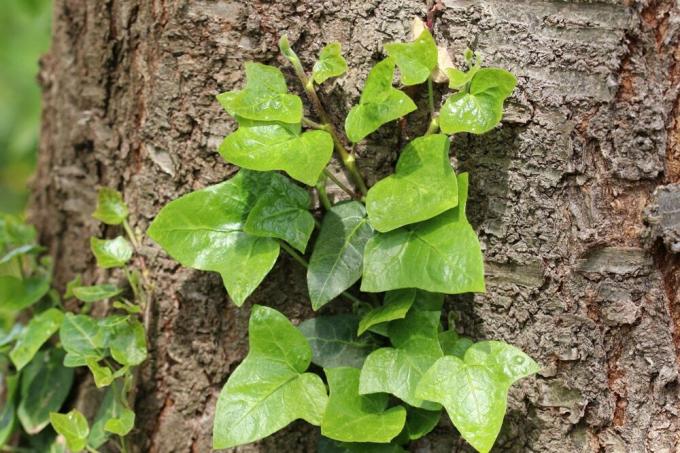
Planting shrubs and perennials that cover the ground is much easier than planting grasses. On the one hand, this combination looks good and, on the other hand, reliably ensures that the sloping ground gets more grip. Once the roots of the plants are firmly anchored in the ground, they form a relatively dense network with their countless foothills, which to a certain extent holds the earth in place. The following plant species have proven to be particularly suitable:
- Lady's Mantle (Alchemilla mollis)
- Golden nettle (Lamium galeobdolon)
- Cranesbill (Geranium)
- Elf Flower (Epimedium)
- Waldsteinia (Waldsteinia ternata)
- Carpet St. John's Wort (Hypericum calycinum)
- Ivy (Hedera helix)
- Ysander (Pachysandra)
The carpet St. John's wort, the ivy and the Ysander have the great advantage that they can also be used in the do not lose their leaves in winter and so even with a dense snow cover for additional protection from above care for. All of the plant species mentioned are also very easy to care for and robust. They are also relatively undemanding and, of course, hardy. When choosing the plants, it is important to consider which location they prefer. Since mounds of earth are very often exposed to direct sunlight, only plants that need a sunny location may be used.
put plants
A slope is always planted as densely as possible from top to bottom. However, it should be noted that certain distances must be observed. The best way to find out how big these have to be is from the garden center or specialist retailer where they are bought. If you have previously installed embankment mats, you must make a hole or a hole in the mat for the planting hole. a slit must be cut, otherwise they could not be penetrated by the root. Of course, it takes some time for the plants to become really firmly rooted in the soil. It is therefore recommended to cover the soil with a layer of bark mulch in the first few weeks and months. On the one hand, this protects the soil from undesired erosion. On the other hand, it also prevents the excessive growth of weeds that compete with perennials and shrubs.
water drainage
Hardly any plant can cope with waterlogging. The drainage of the water is therefore of particular importance, even in the case of an earth wall. Trenches on the sides of the wall, filled with pebbles, can be a valuable support. In general, natural stones of different sizes are perfect for embankments when placed correctly, they keep individual ones Plants not only protect against falling water masses, but also stabilize the soil to a certain extent additionally.
 garden editorial
garden editorial I write about everything that interests me in my garden.
Learn more about gardening of all kinds
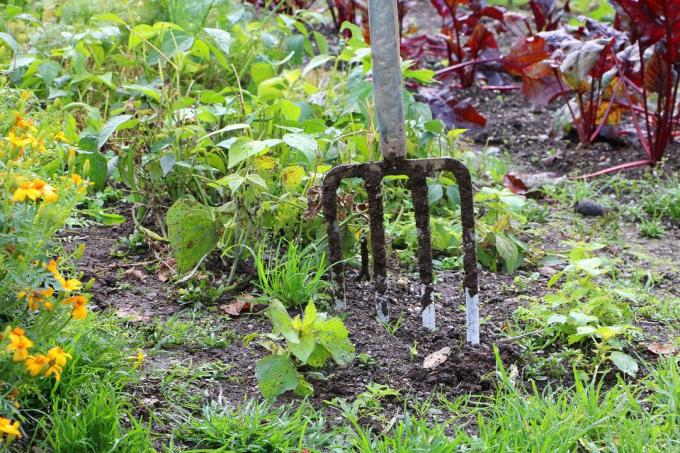
Laying out a garden – you should observe these guidelines
A well-kept garden is a real eye-catcher that enhances the house and property even more. When buying a new property or for seasonal renewal, the garden is designed with many new ideas and concepts. This can be quite expensive if not planned properly. Our article wants to show you how to create your new […]
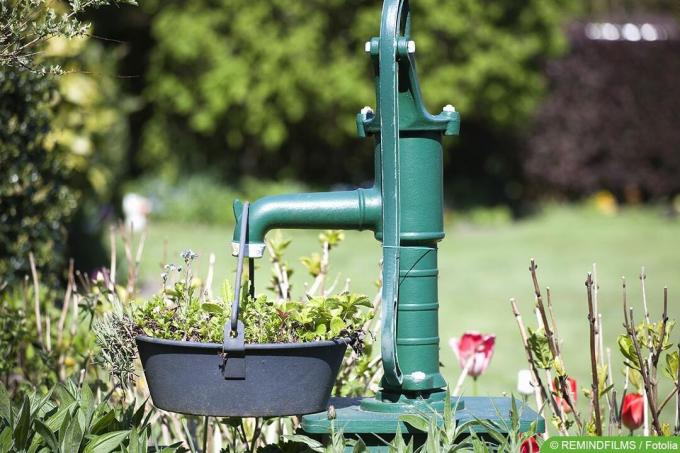
Find water veins: At what depth does groundwater come?
A well on your own property must be connected to the groundwater. It is not always clear where this is located. Luckily, there are several methods that you can use to reliably track down a "water vein" to take advantage of the water source.
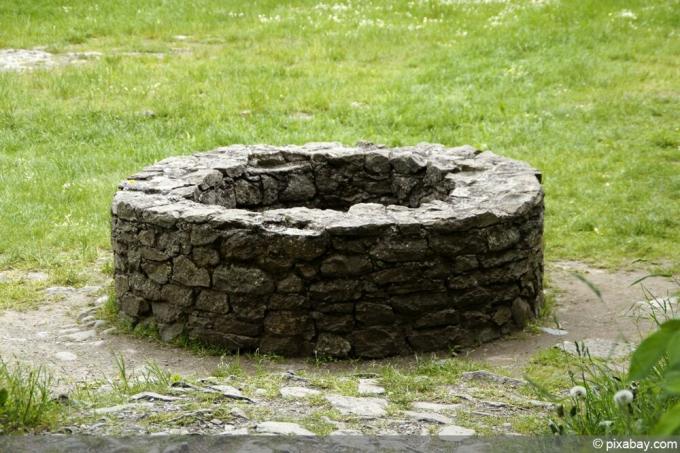
Build your own dowsing rod DIY instructions
Dowsing rods have been a working method for finding water and other things in our environment for centuries. With little effort, you too can easily make your own dowsing rod - with our instructions.
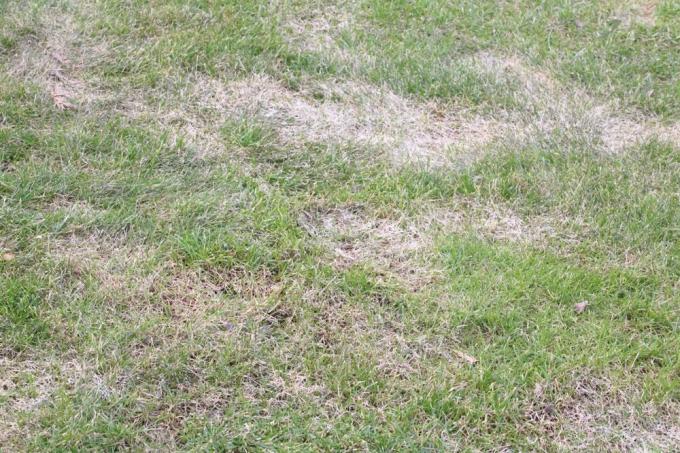
Lawn pavers: how does lawn repair work?
Bald spots or gaps in the lawn are a thorn in the side of many lawn owners. However, overseeding is considered to be tedious work. Relief should Provide lawn pavers that combine many work steps in one.
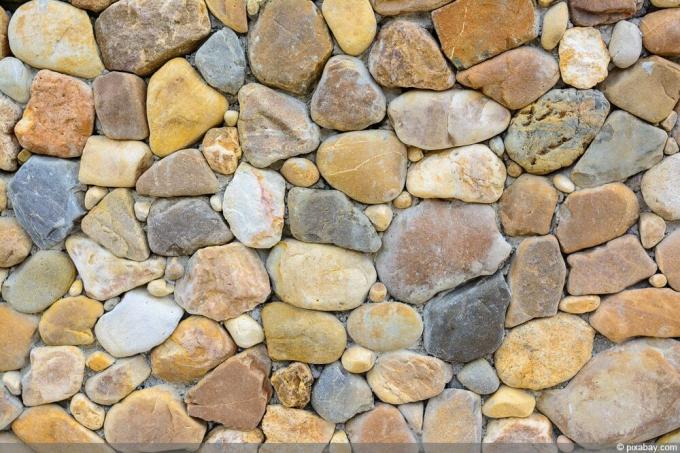
Build a Frisian wall yourself | Costs for a Frisian wall
The Friesenwall is used to separate gardens and flower beds from neighboring properties. It is aesthetic and offers a living space. The costs you will incur depend on the material you have chosen. Choosing DIY will save you money on labor.
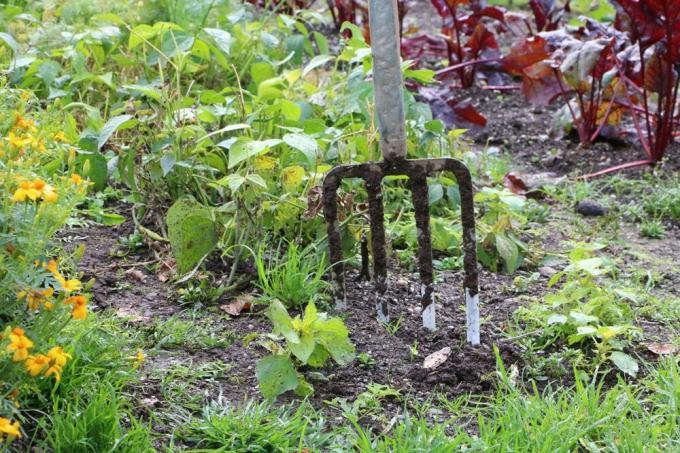
Improve your income with gardening - is that possible?
If you put a lot of time, energy and love into your garden and this then also brings the corresponding successes in the form of a rich harvest shows, you can get the idea of whether you can improve your income with your gardening. We show what you should consider, what pitfalls there are and what opportunities you can offer.



